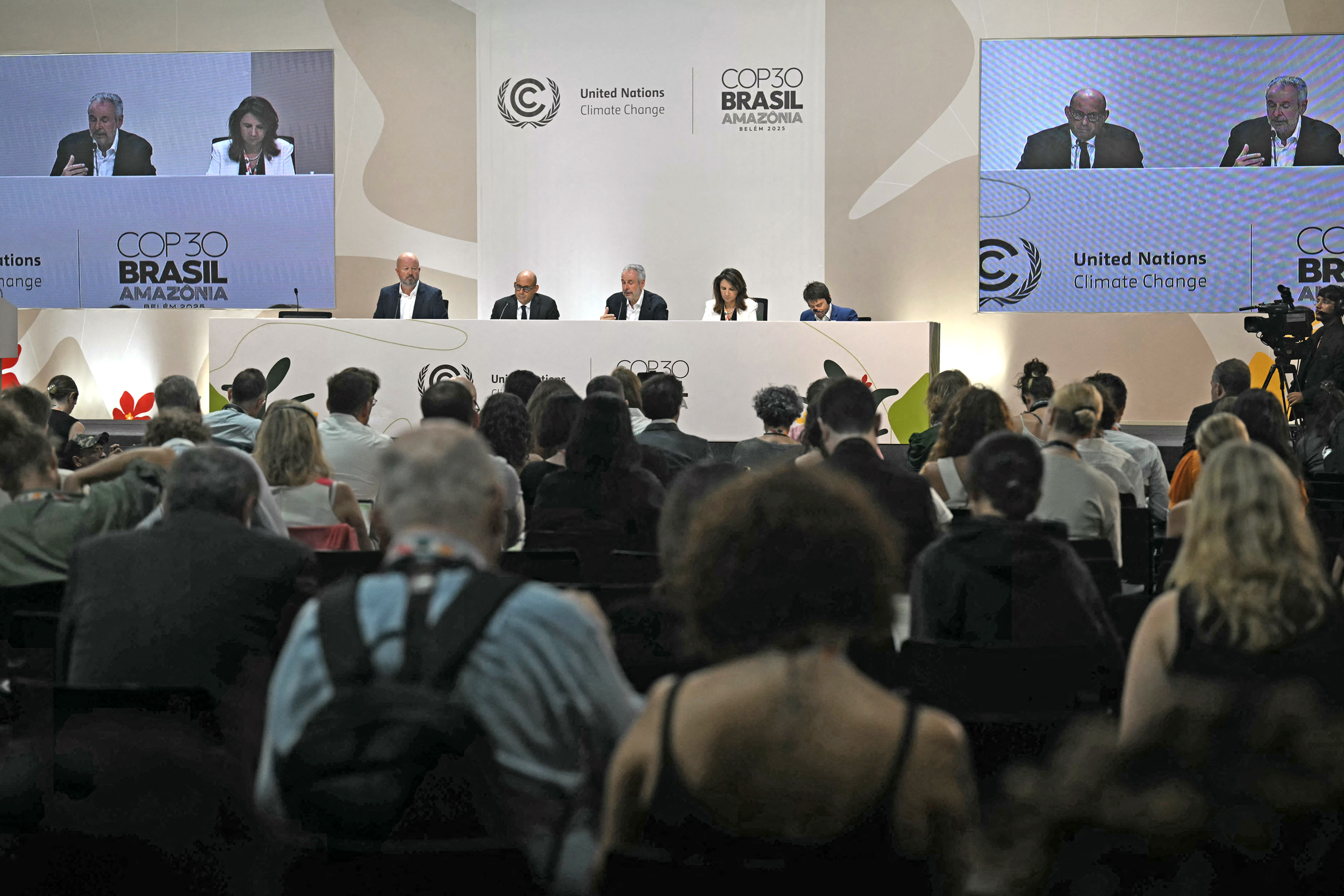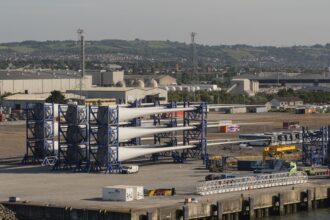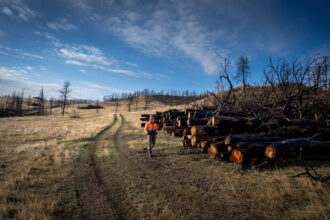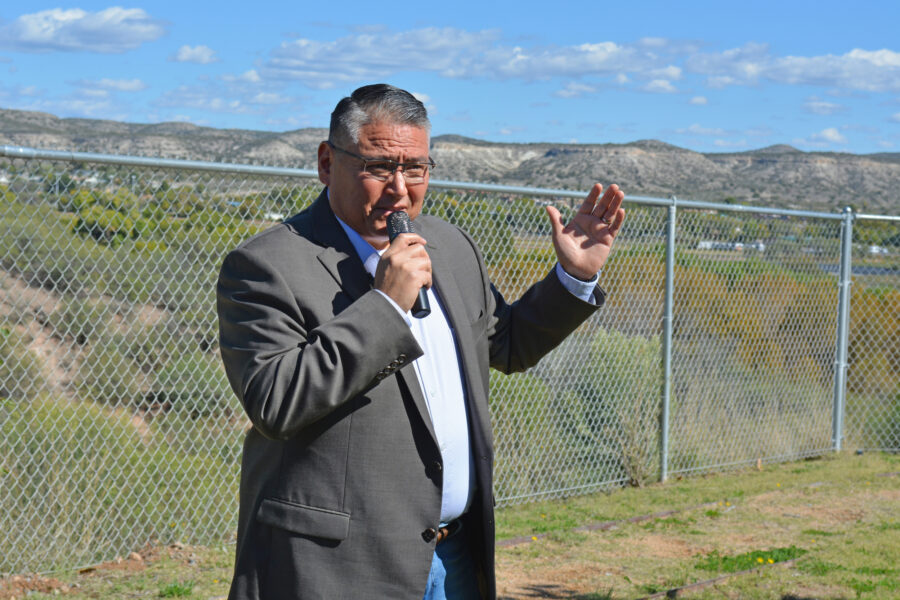Some social scientists propose a shift in perspective when it comes to the climate crisis. Instead of approaching it as a fight to be won, viewing it as a complex puzzle that can only be solved through global collaboration could help make more sense of the tangled COP30 climate negotiations currently underway through Nov. 21 in Belém, Brazil.
The United Nations Framework Convention on Climate Change, which organizes the annual talks, works on the climate puzzle all year, with smaller groups meeting nationally or regionally to look for pieces that will help complete the picture—new ways to shave emissions from agriculture or finance sources to help vulnerable communities adapt to climate impacts.
Then, once a year, people from across the globe meet for a couple of weeks to assess their progress, perhaps completing another corner or connecting an edge of the jigsawed image. But this puzzle is especially challenging because the pieces change from year to year, and the final picture remains ever-changing.
And if the indoor environment in the puzzle room isn’t healthy, it makes the task more difficult, said Kerry Kinney, an environmental engineer at the University of Texas at Austin who studies how indoor environments affect human health and performance. For example, research shows that a moderate increase in indoor CO2 levels, which can easily be reached in a crowded meeting room, can start to measurably affect how well people think and make decisions, she said.
“We know that indoor environments can have a huge influence on how people feel and function,” she said. “Temperature, humidity, air quality, all of it. If the space isn’t well-ventilated or the air gets stale, people can get sleepy, irritable, and their ability to concentrate drops.”
Complex problems such as global climate talks would be best solved in comfortable spaces with good light and air, views of nature and plenty of elbow room, she said.
But COP meetings are often convened in temporary spaces, such as last year’s tent city in Baku’s main soccer stadium and this year’s gathering on a repurposed airport tarmac in Belém, where the roof of the plenary hall started leaking badly on the first day of the conference. The layouts are often as confusing as those of a Las Vegas casino, with long corridors leading to distant, windowless meeting rooms.
The UNFCCC aims to organize environmentally friendly climate meetings with a low carbon footprint, but its secretariat is cash-strapped, now more than ever after the U.S. withdrew its funding. Host countries set up the venues, following general UNFCCC facility guidelines meant to “ensure the health and well-being of participants” and in compliance with local health requirements. But since COP21 in Paris a decade ago, attendance at the annual meetings has grown so rapidly that most host-country organizers have scrambled to keep up.
Better Vibes, Better Outcomes?
Negotiators, scientists and activists often arrive at the climate summits jet-lagged, then spend long, stressful days and nights in poorly ventilated halls under harsh artificial lights awash with the constant hum of generators. And they face pressure to deliver results under a set deadline that often arrives just as the strains of late-fall respiratory viruses have incubated and spread.
In a study published Nov. 3 in ScienceDirect, an international team of epidemiologists wrote, “Mass gatherings (MGs) represent one of the most complex public‐health contexts for infectious disease control. Their diversity in scale, purpose … raises major challenges for planning, surveillance and response.”
Besides the research showing that conferences with thousands of participants are often super-spreader events, Kinney said there is an entire body of emerging research showing that factors such as CO2, particulate matter, even volatile compounds from building materials, can interact in ways that subtly erode cognitive performance.”
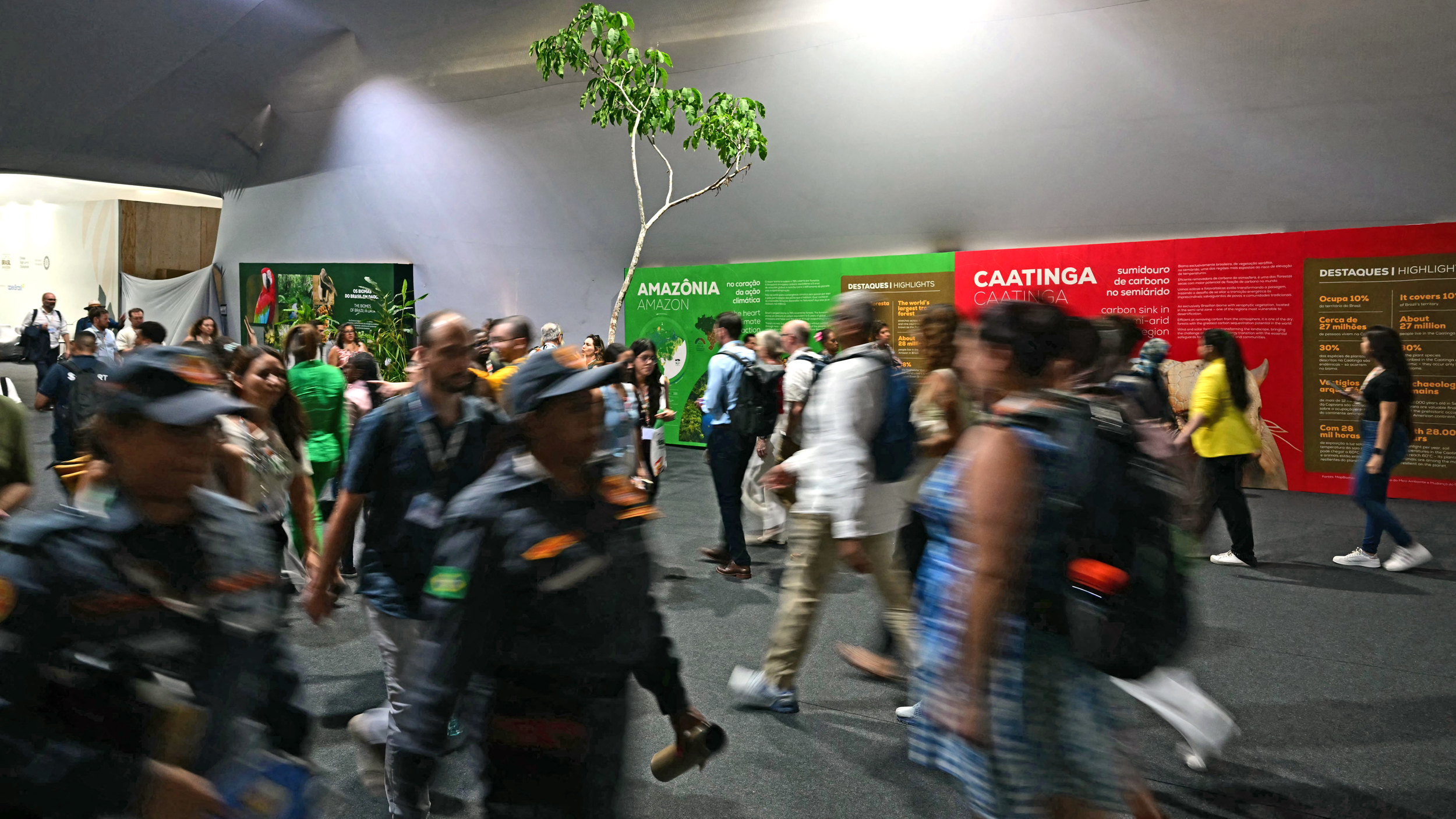
“In settings where outcomes depend on sustained attention and collaboration, the environment really matters … shaping the quality of the conversation and the speed of problem-solving,” she said.
Improving indoor environments doesn’t require complex technology or massive redesigns, just thoughtful, responsive planning and simple design choices. Access to natural light and fresh air can make a big difference, as can real-time monitoring and adjustments of indoor environmental conditions, Kinney said. The goal, she argues, is to treat indoor air and light not as background conditions, but as essential supports for human connection and function.
“The most successful spaces treat air and light as part of the communication infrastructure,” she says. “They keep people connected and functioning, just like the Wi-Fi does.”
COP’s Emotional Climate
Marginal indoor environmental quality at the annual COP negotiations may embody some of the many contradictions that seem to characterize the sometimes futile-seeming climate talks, said Rebecca Weston, co-executive director of the Climate Psychology Alliance of North America.
“Everything we know about the climate crisis is that it arises out of human alienation from the ecosystem in which we live,” she said. Holding the talks in venues that mirror the dysfunction of the system that causes the climate crisis to begin with can make the COP atmosphere “a grotesque parody of the very thing people are trying to solve,” she said.
This story is funded by readers like you.
Our nonprofit newsroom provides award-winning climate coverage free of charge and advertising. We rely on donations from readers like you to keep going. Please donate now to support our work.
Donate NowSome long-time climate experts have turned their back on the talks this year, for related reasons.
That includes hypocrisy on the part of political leaders, said Jen Iris Allan, a senior lecturer in International Relations at Cardiff University, in Wales, who has attended 40 United Nations meetings on environmental governance in recent years as a contributor to the Earth Negotiations Bulletin.
“I’ve heard government ministers urge a phase-out of fossil fuels, at the same time as coal projects are approved at home,” Allan wrote on Bluesky in late October.
Allan also questions the size of the meetings, particularly when the technical negotiations at the heart of COP30 are “focused on a few implementation issues & stalemated issues,” she wrote. “Are the other 52,000 people there for speeches and panels? How does that help the climate?”
Weston said that, for people like Allan, the COPs can be a “damned if you do, damned if you don’t” experience. Participants are torn between the need to stay engaged in the only existing global forum and the despair of its diminishing returns.
“People end up experiencing a great deal of internal conflict,” she said. “They don’t want to sacrifice the one forum that they think maybe something can happen … but it’s a thankless process of diminishing returns.”
Participants “feel tremendously locked in” and trapped by the tension between hope and futility, Weston said. And repeated failure can have a painful psychological cost, as activists, delegates and negotiators continually invest emotionally in a process that seldom delivers and sometimes makes people move their own goalposts, she added
As a climate and political activist, she said current setbacks in the U.S. and globally have affected her deeply.
“I have found myself approaching a feeling of hopelessness that I’ve never experienced before in my life,” she said. “It’s an assault on my identity. Who am I if I’m not someone who feels hopeful about the world?”
But there is a limit to psychological explanations for COP failures, she added. Well-being at COPs cannot be separated from questions of justice and systemic power.
“We also need to have an understanding of politics and profit,” she said. “Who benefits, whose interests are at stake.”
But in the end, “People don’t want to give up,” she said. “That’s why we keep showing up. It’s horribly painful, but we can’t give up.”
About This Story
Perhaps you noticed: This story, like all the news we publish, is free to read. That’s because Inside Climate News is a 501c3 nonprofit organization. We do not charge a subscription fee, lock our news behind a paywall, or clutter our website with ads. We make our news on climate and the environment freely available to you and anyone who wants it.
That’s not all. We also share our news for free with scores of other media organizations around the country. Many of them can’t afford to do environmental journalism of their own. We’ve built bureaus from coast to coast to report local stories, collaborate with local newsrooms and co-publish articles so that this vital work is shared as widely as possible.
Two of us launched ICN in 2007. Six years later we earned a Pulitzer Prize for National Reporting, and now we run the oldest and largest dedicated climate newsroom in the nation. We tell the story in all its complexity. We hold polluters accountable. We expose environmental injustice. We debunk misinformation. We scrutinize solutions and inspire action.
Donations from readers like you fund every aspect of what we do. If you don’t already, will you support our ongoing work, our reporting on the biggest crisis facing our planet, and help us reach even more readers in more places?
Please take a moment to make a tax-deductible donation. Every one of them makes a difference.
Thank you,


